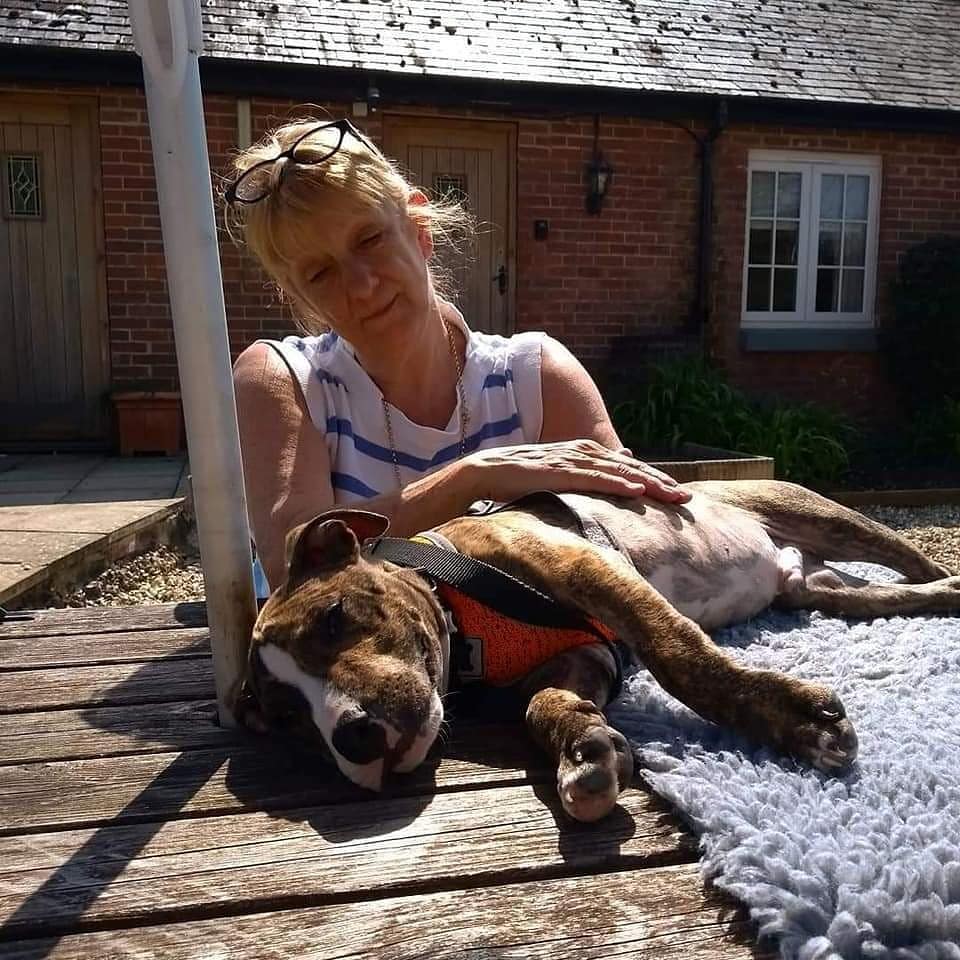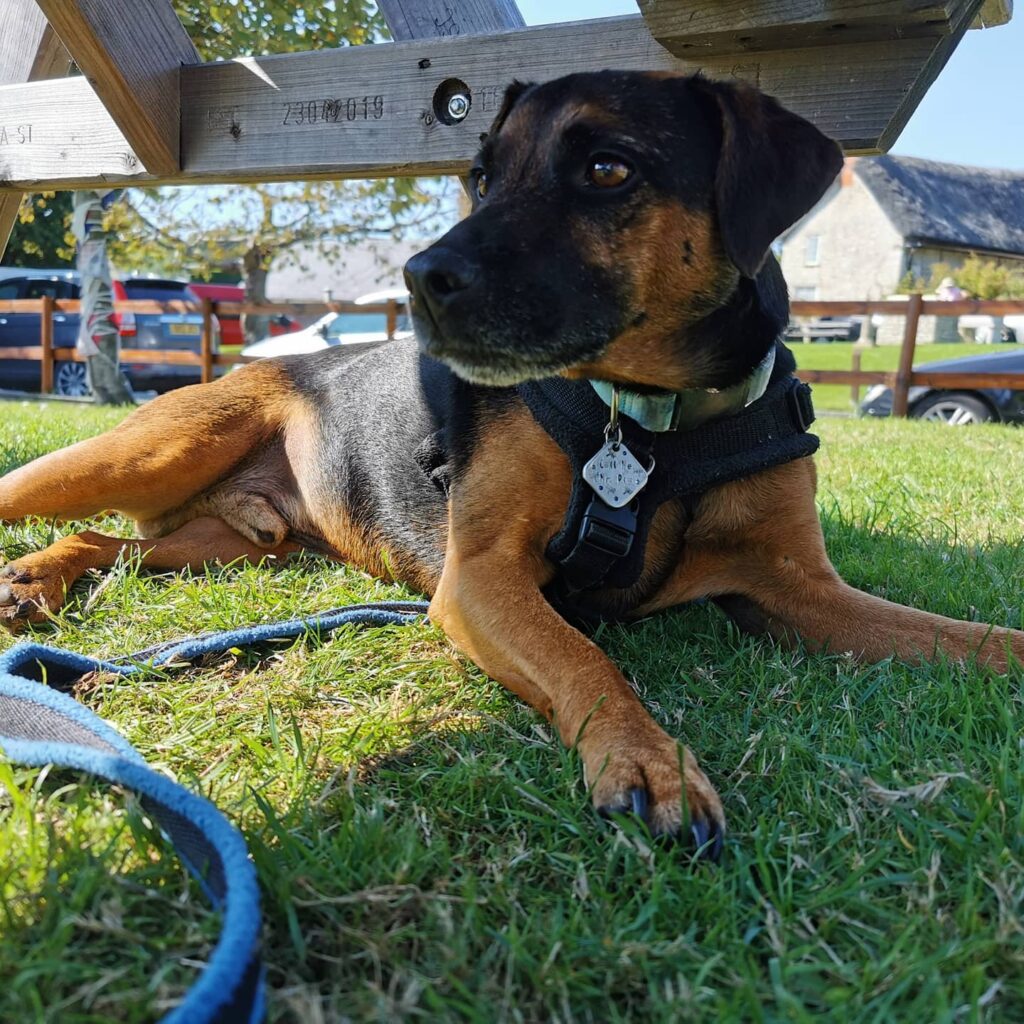The biofeedback model is a brain baby of Dr. Karen Overall. It works on the theory that you can use body movements to trigger certain physiological states. The most obvious example of this is teaching a hip popped down or ‘settle’ or using Dr. Karen Overall’s relaxation protocol.

I love this method of training because generally when we’re trying to change an animal’s internal physiology we resort to classical conditioning. Classical conditioning is the process by which associations are made between a stimulus and a good or bad (decided by the animal) consequence. Classical conditioning occurs all the time, whether we want it to or not. For example, I used to have one of my favourite songs set as my alarm on my phone to wake me up in the mornings when I was a teenager. I once heard the introduction to the same song during the day, outside of the context of a morning alarm and immediately felt the intense grouchiness that occurs when you’re a teenager waking up for the day. This was a song I used to love but the fact that I paired it with waking up in the morning made me hate it by association.
We can use the existence of classical conditioning to change a dog’s emotional response to a stimulus just by associating that stimulus with good (or bad) things happening. For example, Timon has a negative emotional response to dogs so I could use classical conditioning to change his response to dogs by setting up situations where he sees a dog, I feed continuously whilst the dog is present and when the dog leaves Timon’s sight I take the food away as well. This sounds really simple and easy to do in theory but when it comes to doing this in real life situations where dogs can randomly appear around corners and come running up to you off lead whilst you’re on a road it can be a bit of a nightmare to actually carry out.
By using the biofeedback model I could work on teaching Timon to be calm in the presence of other dogs by asking him to do a settle on a mat whilst other dogs do set ups around him. I would still need to keep him well under the threshold at which he might react to the dogs, but I have a behaviour that I can build up systematically rather than just consistently feeding when he can see other dogs and move him closer when I think he’s ready. What a ready dog looks depends on each individual dog so transferring this method to clients is really difficult as they then have to learn to read their dogs effectively and quickly, with potentially dire consequences if it goes wrong. However, by teaching a solid settle that is resistant to distractions and using dogs as distractions once Timon is ready I can teach him to be calm in the presence of around other dogs. Eventually the presence of other dogs will be the cue for him to feel relaxed and kickstart the internal systems for relaxation.

If you’d like to learn more about the biofeedback mechanism check out the relaxation protocol by Dr. Karen Overall. Let me know what you think about it and if you have any questions about how it can be applied.
